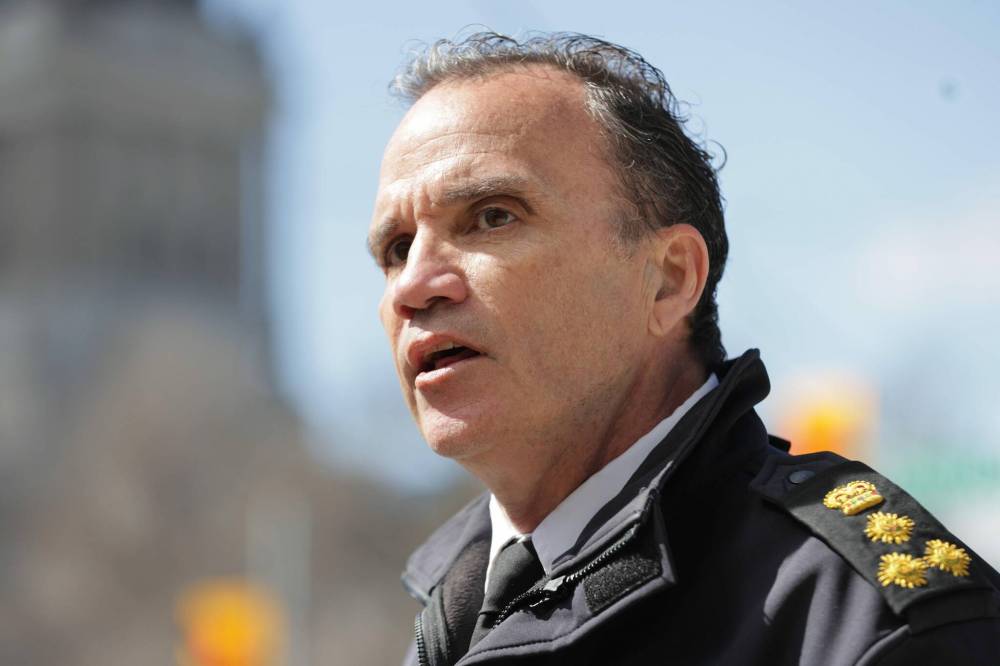Crime numbers, police and budgets
Advertisement
Read this article for free:
or
Already have an account? Log in here »
To continue reading, please subscribe:
Monthly Digital Subscription
$0 for the first 4 weeks*
- Enjoy unlimited reading on winnipegfreepress.com
- Read the E-Edition, our digital replica newspaper
- Access News Break, our award-winning app
- Play interactive puzzles
*No charge for 4 weeks then price increases to the regular rate of $19.00 plus GST every four weeks. Offer available to new and qualified returning subscribers only. Cancel any time.
Monthly Digital Subscription
$4.75/week*
- Enjoy unlimited reading on winnipegfreepress.com
- Read the E-Edition, our digital replica newspaper
- Access News Break, our award-winning app
- Play interactive puzzles
*Billed as $19 plus GST every four weeks. Cancel any time.
To continue reading, please subscribe:
Add Free Press access to your Brandon Sun subscription for only an additional
$1 for the first 4 weeks*
*Your next subscription payment will increase by $1.00 and you will be charged $16.99 plus GST for four weeks. After four weeks, your payment will increase to $23.99 plus GST every four weeks.
Read unlimited articles for free today:
or
Already have an account? Log in here »
Hey there, time traveller!
This article was published 10/06/2023 (903 days ago), so information in it may no longer be current.
There was a time when a spike in crime would trigger widespread calls for more police resources.
Not anymore.
Winnipeg’s crime rate continued to climb in 2022, according to the Winnipeg Police Service’s annual report released last week. Total crime jumped 26 per cent in 2022 compared with the previous year. Violent crime increased by 19 per cent and the violent crime severity index (which tracks the most serious violent offences) was up 24 per cent.
Crime has been on the rise in Winnipeg over the past several years, as it has been across the country. The causes are complex and multifaceted. Crime rates go through cycles in Canada; trying to pinpoint the exact reasons they rise and fall is virtually impossible.
RUTH BONNEVILLE / WINNIPEG FREE PRESS Files Crime numbers may be up, but even Winnipeg Police Chief Danny Smyth isn’t saying more police officers is the only solution.
However, most criminologists seem to agree that social and economic conditions such as poverty, addictions, mental health and the marginalization of some segments of society are the main drivers.
The consensus around that appears to have grown in recent years, which may explain why today few are demanding more police on the street — a once popular, if knee-jerk, response to soaring crime rates.
Even in the face of higher crime, the Winnipeg Police Service has been tasked with finding savings, as city hall grapples with a projected $27-million deficit this year.
Police Chief Danny Smyth said while he would welcome more resources for front-line policing, he said it’s important for the city to balance its resources.
Balancing resources means shifting away from rapidly increasing police costs and investing in areas such as poverty reduction, addiction treatment and mental health care.
Balancing resources these days means shifting away from rapidly increasing police costs and investing in areas such as poverty reduction, addiction treatment and mental health care. That wasn’t always the case.
Between 2005 to 2015, policing costs in Winnipeg increased 64 per cent, adjusted for inflation. In 2005, police spending as a share of the city’s total budget was 18.5 per cent. That grew to 26.5 per cent by 2015. It has declined slightly to an estimated 25.7 per cent, but remains at historically high levels.
Spending more on policing in those years did not reduce crime. Crime rates fell some years and increased in others. There is no correlation between higher spending on policing and falling crime rates.
There have been demands by police in recent years for more resources to handle an increase in calls for service. The volume of calls to police has increased steadily over the past five years. However, the number of dispatched events has also levelled off and was up only four per cent last year compared with 2017.
The so-called “defund police” movement in Manitoba and across North America has had an impact on how society views police spending. The argument behind the movement is that redirecting police resources to fight poverty, addictions and mental health will do more in the long run to reduce crime than putting more officers on the streets. That approach appears to be gaining momentum.
There were 173.2 police officers per 100,000 people in Winnipeg in 2022. That’s down from 196.7 in 2016, a ratio the city likely won’t return to anytime soon.
Winnipeg, like all major Canadian cities, needs a well-resourced police service. Police must have the ability to respond to calls for service in a timely manner and investigate crimes effectively.
However, even as crime rates rise, there is growing recognition that the best way to address the problem is not by putting more boots on the ground, but by better supporting those living on the margins of society.



